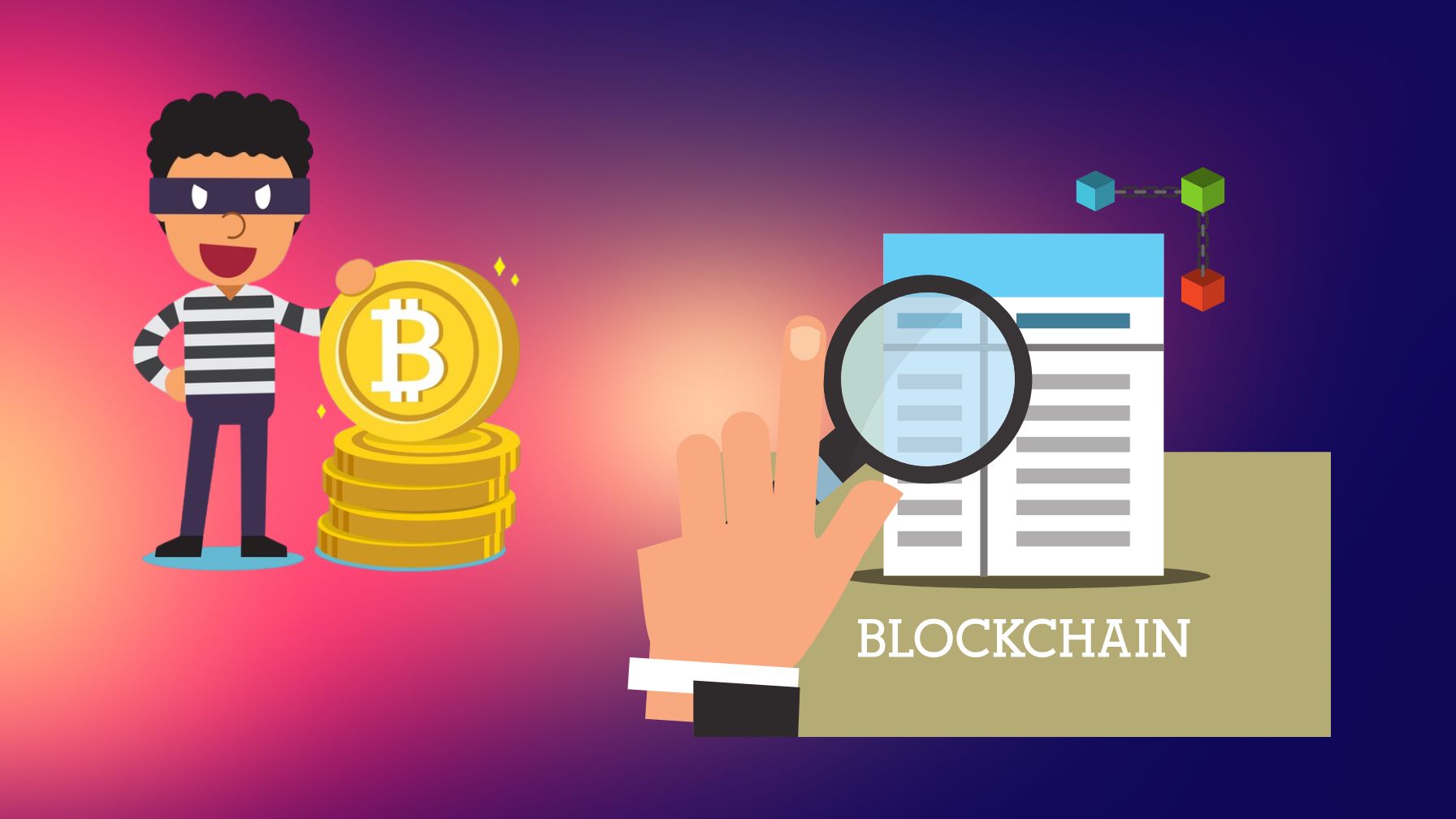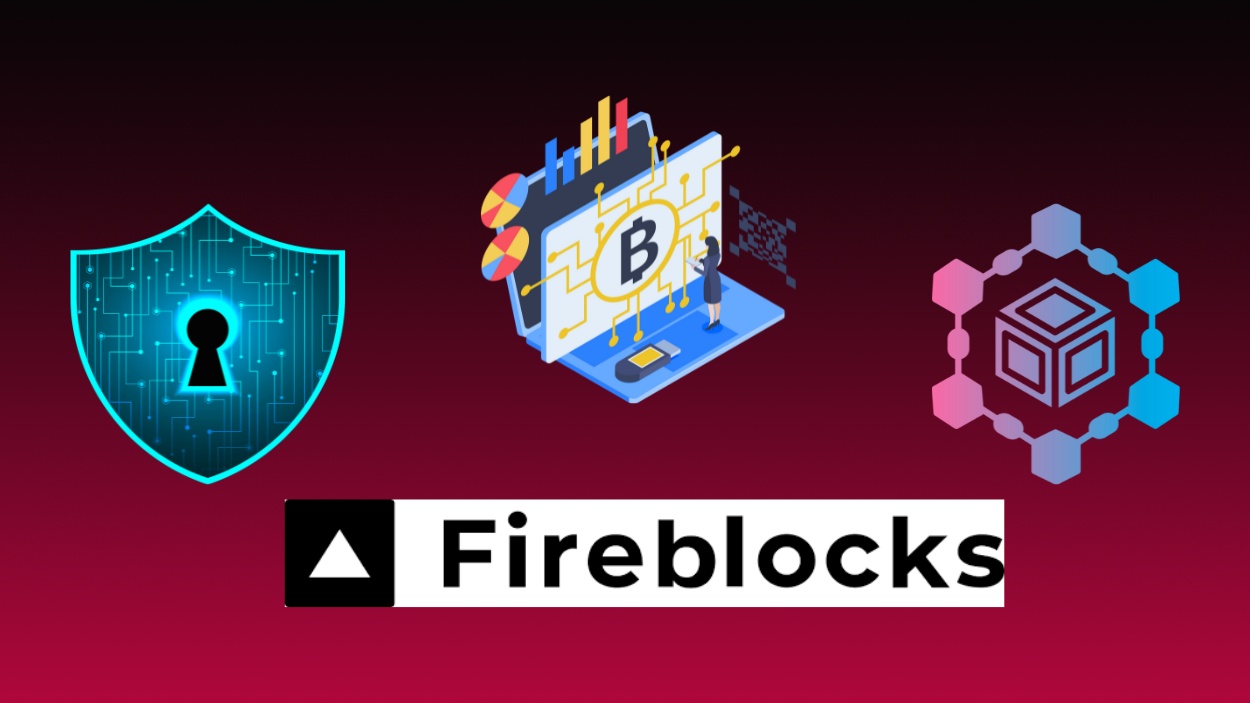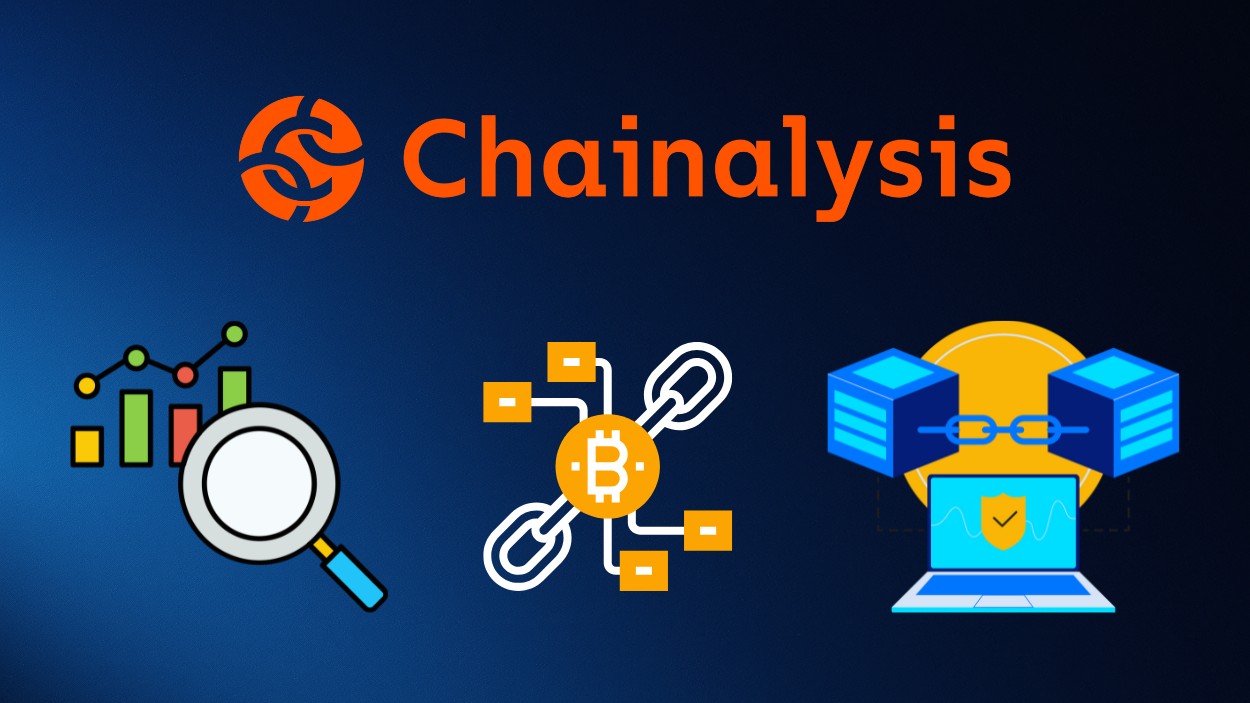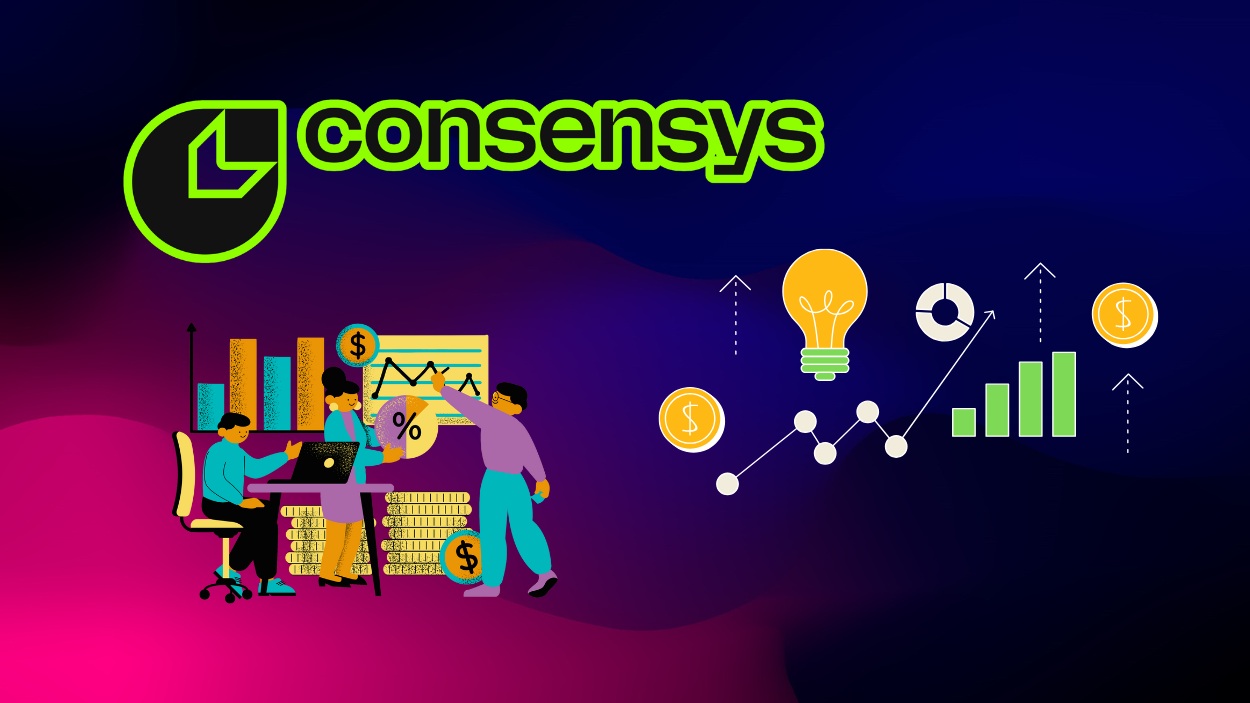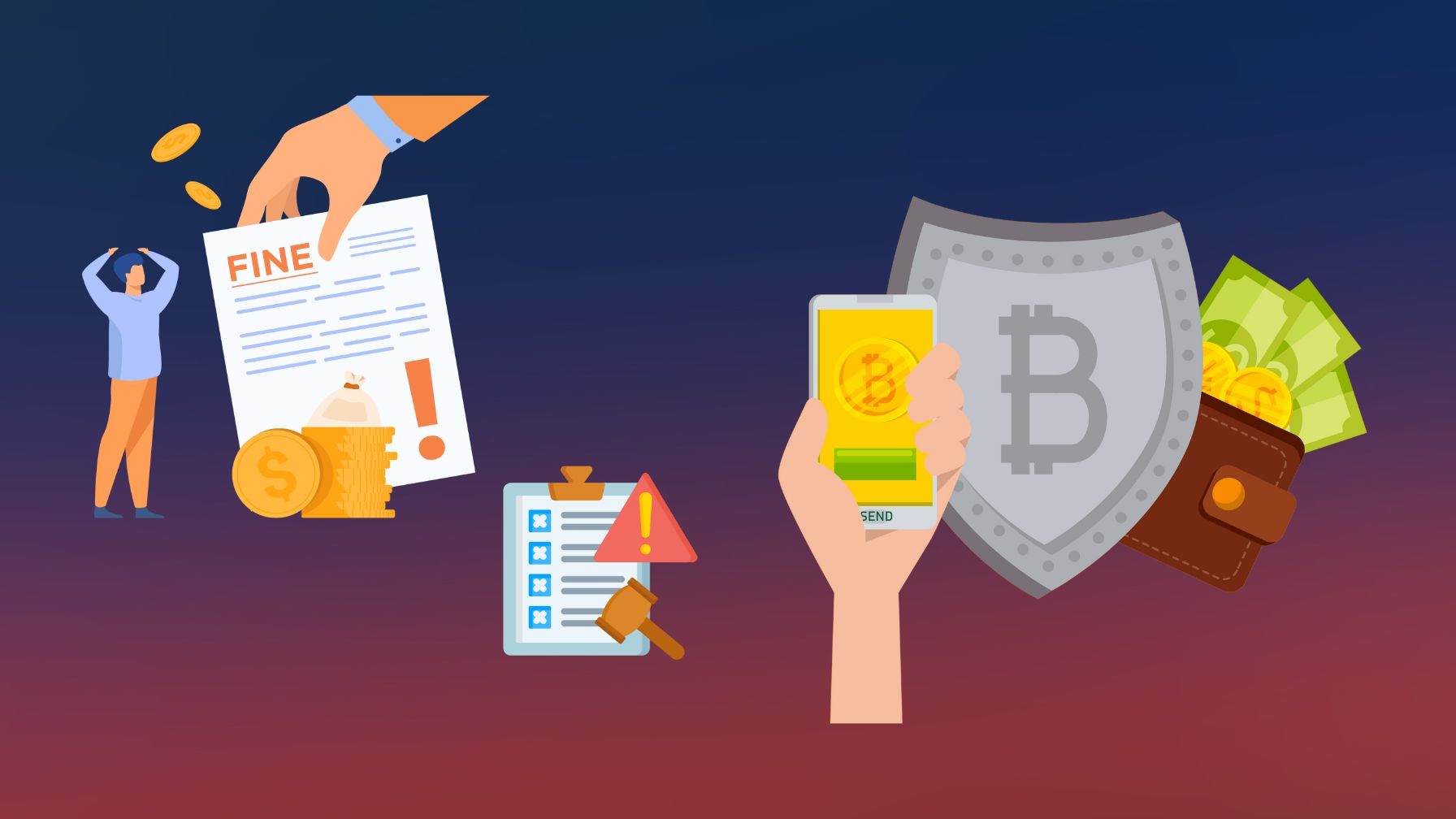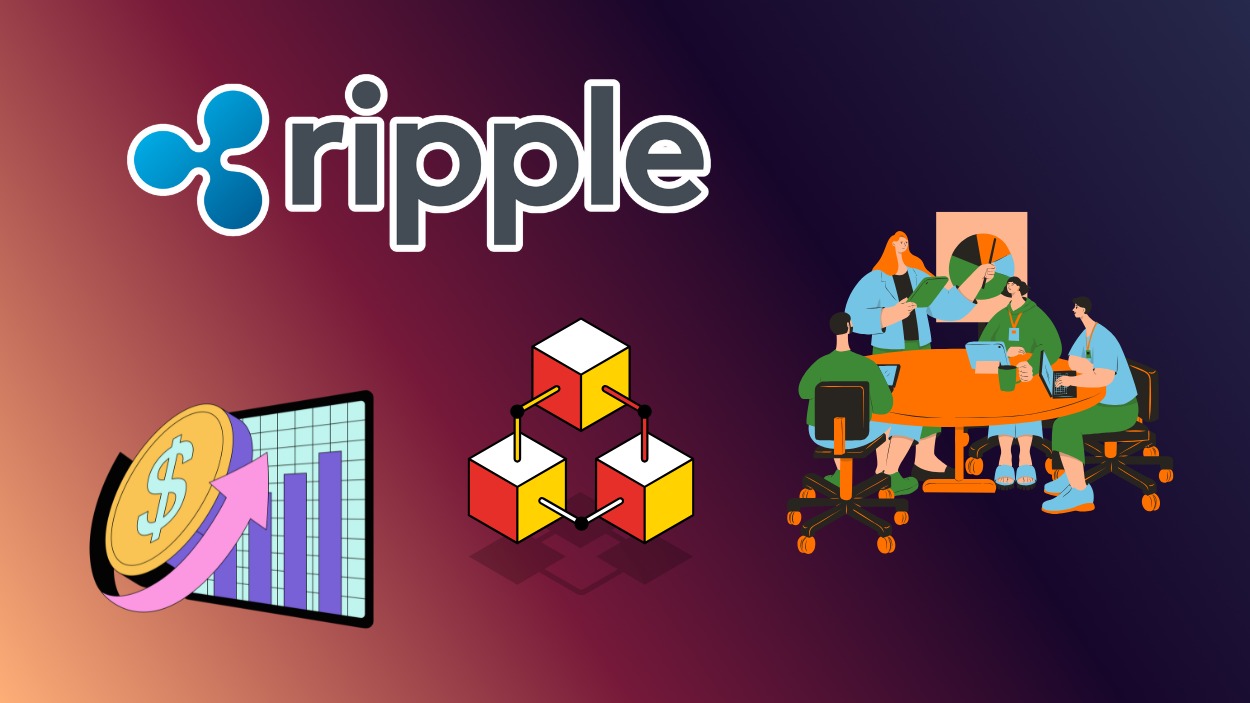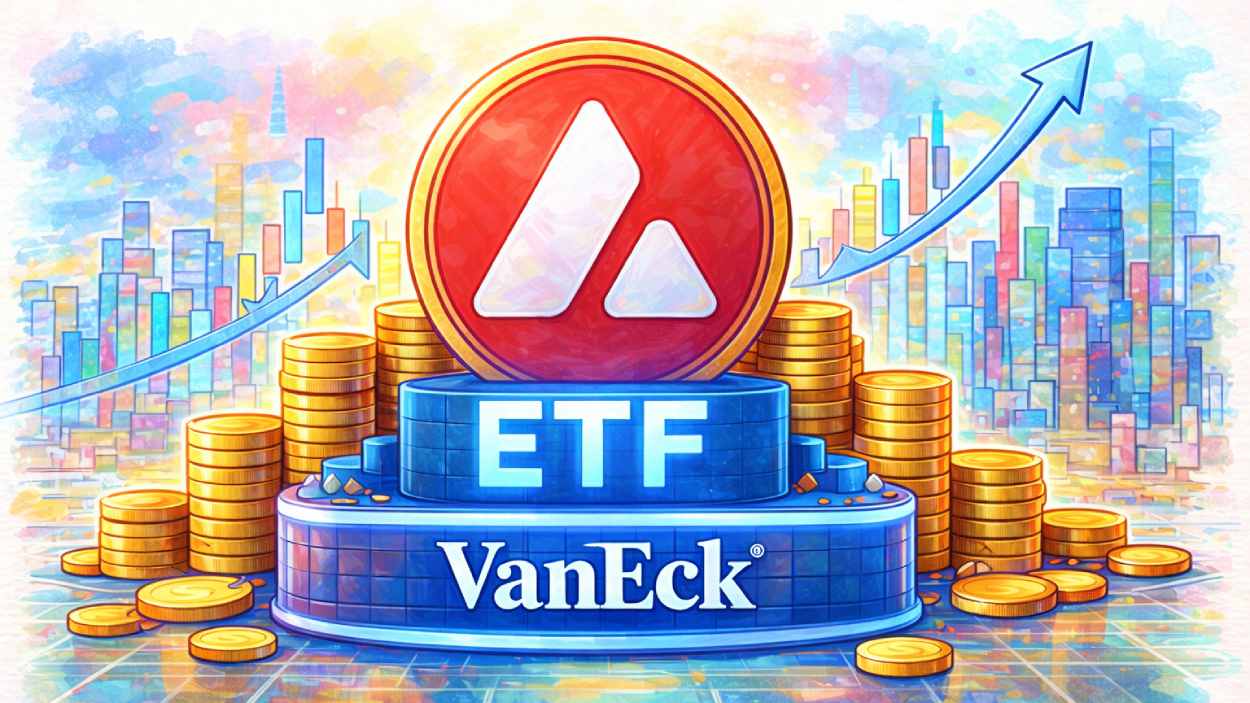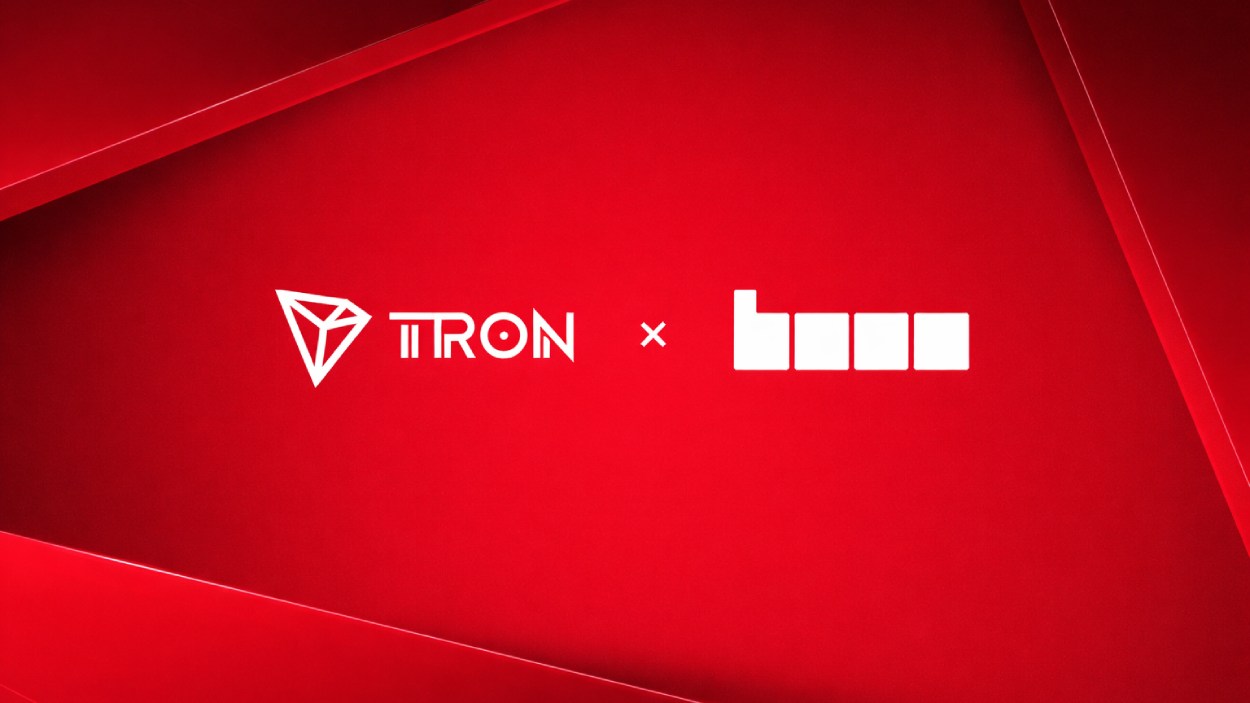In recent years, the personal loan industry has undergone a significant transformation, driven by the need for accessible credit, rising consumer demand, and advancements in digital lending. Personal loans have become a crucial financial tool for many, enabling individuals to meet various needs, from debt consolidation to major purchases.
Understanding the current state of the personal loan industry is essential for consumers, lenders, and financial strategists alike. This article dives deep into the latest statistics, trends, and insights shaping this evolving landscape.
Editor’s Choice
- Total outstanding personal loan debt in the United States reached $253 billion in 2025, up 3.3% year-over-year.
- The average personal loan balance per borrower is $11,631 in 2025.
- Interest rates for personal loans in 2025 average 12.58%, ranging from 6.49% to 36%.
- 24.6 million Americans currently hold a personal loan in 2025, a 4.7% increase from last year.
- Online lending continues to expand, making personal loans more accessible nationwide.
- Millennials remain the largest borrower group, representing 40% of personal loan holders.
- Delinquency rates are 3.49% in 2025, slightly lower than in 2024.
Breakdown of Outstanding Consumer Debt
- Mortgages make up 72.5% of total outstanding consumer debt, dominating all other categories.
- Auto loans account for 9%, showing the same share as student loans.
- Student loans represent 9%, highlighting a significant burden for many borrowers.
- Credit card debt is 6.5%, reflecting ongoing reliance on revolving credit.
- Other debt types comprise 1.6%, a relatively small portion of the overall debt landscape.
- Personal loans stand at 1.4%, the smallest share among major debt categories.
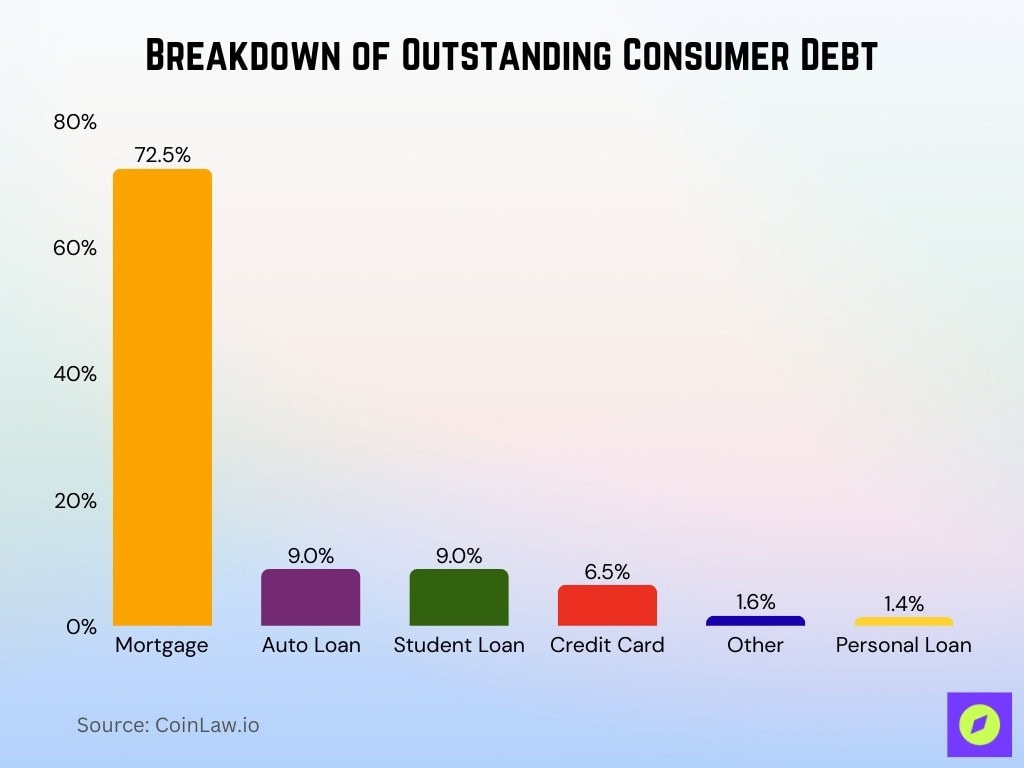
Total Personal Loan Debt Over Time
- Outstanding personal loan debt in the U.S. reached $253 billion in Q1 2025, a 3.3 % year-over-year increase.
- Personal loan debt nearly doubled over the past decade, rising from $165 billion in 2014 to $253 billion in 2025.
- The average personal loan debt per borrower is $11,631 in 2025, up from around $10,000 five years ago.
- Personal loans now represent 1.4 % of total consumer debt and 5.1 % of non-housing debt in 2025.
- Approximately 24.6 million Americans hold a personal loan in 2025, marking a 4.7 % increase year-over-year.
- The average interest rate on personal loans in mid-2025 is about 12.6 %.
- Typical personal loan terms range from 24 to 84 months, enabling manageable repayment schedules.
Loan Balances and Debt Levels
- The average personal loan balance per borrower is $11,631 in 2025, continuing its upward trend.
- Generation X borrowers carry the highest balances, averaging $22,259.
- Nearly 49% of borrowers use personal loans for debt consolidation or credit card refinancing.
- For lower-credit borrowers, balances remain capped at around $5,000 to $6,000.
- Lenders typically set a debt-to-income ratio cap of 35% when approving loans.
- Higher interest rates have encouraged shorter-term loans, slightly reducing balance growth.
- About 12% of borrowers now hold multiple personal loans, with millennials leading this trend.
Personal Loans Global Market Report
- The global personal loans market reached $774.58 billion in 2024.
- By 2025, the market is expected to grow to $855.13 billion.
- The market is projected to expand at a CAGR of 10.6% through 2029.
- By 2029, the market size is forecasted to hit $1278.63 billion.
- This growth highlights strong global demand for personal lending solutions over the next five years.
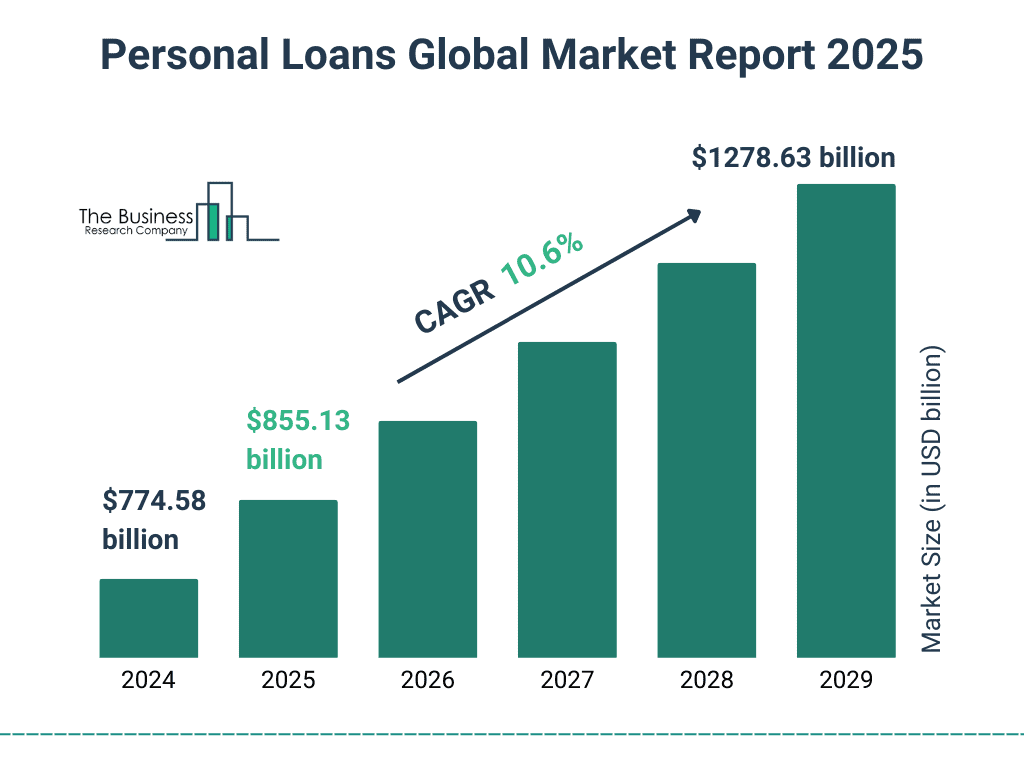
Average Personal Loan Interest Rates
- The average personal loan interest rate is 12.58% in 2025.
- The lowest available rates start at 6.49% for top-tier borrowers.
- Typical rate ranges extend from 7% to 36% APR, depending on credit and lender.
- Borrowers with good credit face an average APR of 14.48% in 2025.
- Bank-issued two-year personal loans average 11.57% APR.
- Credit union three-year personal loans average 10.74% APR.
- Three-year marketplace loans average 13.57% APR, while five-year loans average 20.07% APR.
- Borrowers with excellent credit may secure rates near 6%, while poor-credit borrowers can face rates close to 36%.
Borrower Demographics and Credit Score Trends
- Millennials remain the largest group of personal loan borrowers at 40% in 2025, followed by Generation X at 30%.
- High-income households (earning over $100,000 annually) comprise about 20% of borrowers, using loans mainly for home improvement and investments.
- Borrowers with low credit scores below 600 make up 15% of the market and typically face balance caps of around $6,000.
- Approval rates stand at about 65% for borrowers with scores between 600 and 700, rising to 90% for those above 700.
- The average credit score for personal loan borrowers is approximately 685 in 2025, indicating more responsible borrowing patterns.
- Unsecured loans are most popular among borrowers with scores above 700, while those with lower scores often choose secured personal loans.
- Female borrowers account for around 47% of the personal loan market in 2025.
Key Considerations in Choosing Between Secured and Unsecured Loans
- 42% of borrowers prioritize interest rates, making it the top factor in loan decisions.
- 26% focus on the risk of losing collateral, showing concern about asset security.
- 19% consider repayment terms as a major deciding factor.
- 10% weigh the loan amount most heavily when making their choice.
- 3% look at credit score requirements, indicating it plays a smaller role in decisions.
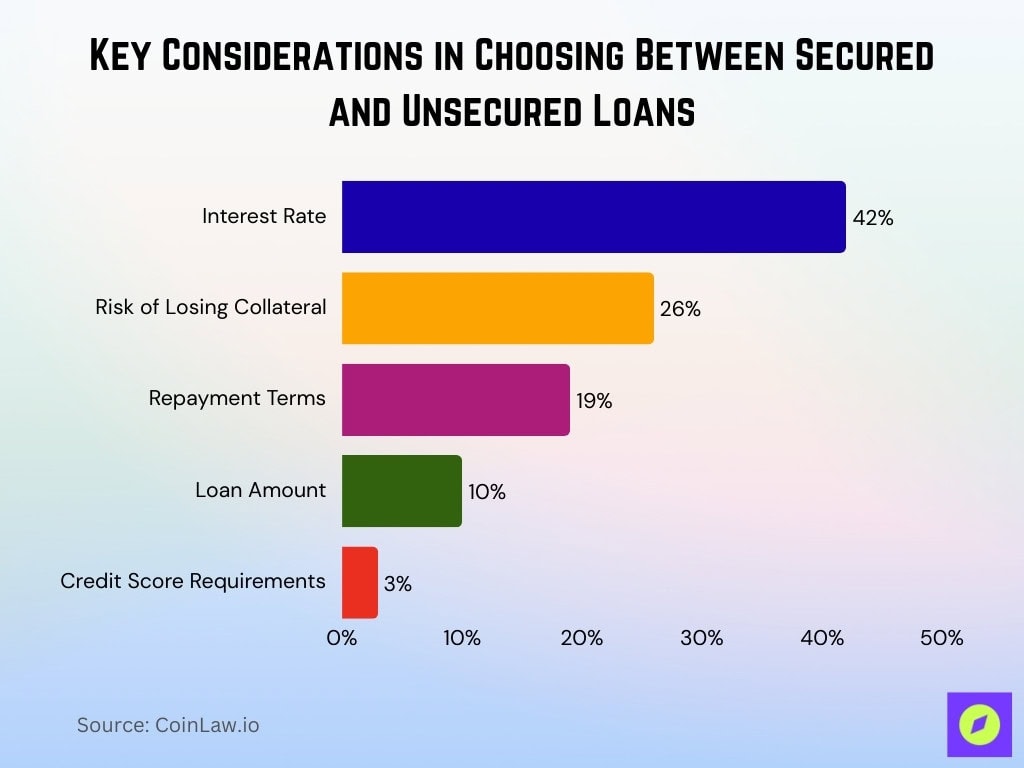
Personal Loan Statistics by State
- California leads all U.S. states in personal loan volume in 2025, though the total national outstanding personal loan debt is approximately $253 billion.
- Texas and Florida remain among the top states for personal loan burdens, each holding a large share of the national debt.
- Washington state has one of the highest average balances at around $28,400 per borrower.
- The District of Columbia shows among the lowest balances at about $10,400 per borrower.
- States such as Kentucky and Nebraska recorded strong annual increases of around 11%, while New Jersey saw a decline of nearly 10%.
- Midwestern states like Ohio show growing interest in personal loans, with rising new applications in 2025.
- Southern states average lower balances near $7,500, often used for emergencies.
- State-level interest rates vary, averaging between 8% and 9% in regions such as California and New York.
- Louisiana and West Virginia continue to report high delinquency rates close to 5% in 2025.
Personal Loan Statistics by Age and Generation
- Baby Boomers now hold the highest average personal loan balance at about $20,370 in 2025.
- Generation X average balances are around $22,259, up by roughly 7.7 % from the previous year.
- Millennials carry balances averaging $16,669, reflecting a 10.4 % increase year-over-year.
- Gen Z maintains the lowest average balances at approximately $8,710, though this is up 13.4 % year-over-year.
- The average personal loan debt per borrower across all generations stands at around $11,631 in Q1 2025.
- Baby Boomers retain the highest balances overall, while Gen Z continues to register the fastest growth rate.
Loan Application Outcomes with Excellent Credit
- 67% of loan applications were approved, showing that most applicants with excellent credit succeed.
- 33% of applications were denied, proving that even top credit scores don’t guarantee approval.
- This indicates that other factors beyond credit score, such as income, debt-to-income ratio, or lender policies, play a role in loan approval decisions.

Loan Delinquency and Default Rates
- Personal loan delinquency (60+ days past due) is 3.49% in 2025.
- Subprime borrowers show significantly higher delinquency rates compared to the overall average.
- States such as Louisiana and West Virginia record delinquency rates near 5%.
- The overall default rate for personal loans has improved, supported by better risk assessment tools.
- Digital lenders report slightly lower delinquency at around 2.9%.
- Longer-term loans over 48 months carry higher default risks than shorter-term loans.
- Unsecured personal loans have delinquency rates of about 3.5%, compared with 2% for secured loans.
Major Reasons for Personal Loan Use
- Debt consolidation remains the leading cause, with about 38.3 % of borrowers using loans for this purpose in 2025.
- Home improvement spending accounts for approximately 6.6 % of personal loan use.
- Everyday bills represent around 8.9 % of personal loan purposes.
- Borrowers tap personal loans for large purchases or miscellaneous “other” reasons totaling roughly 11.5 %.
- Auto purchases account for about 7.7 % of personal loan uses.
- Medical bills, weddings, and vacations collectively make up a notable yet smaller share of loan purposes.
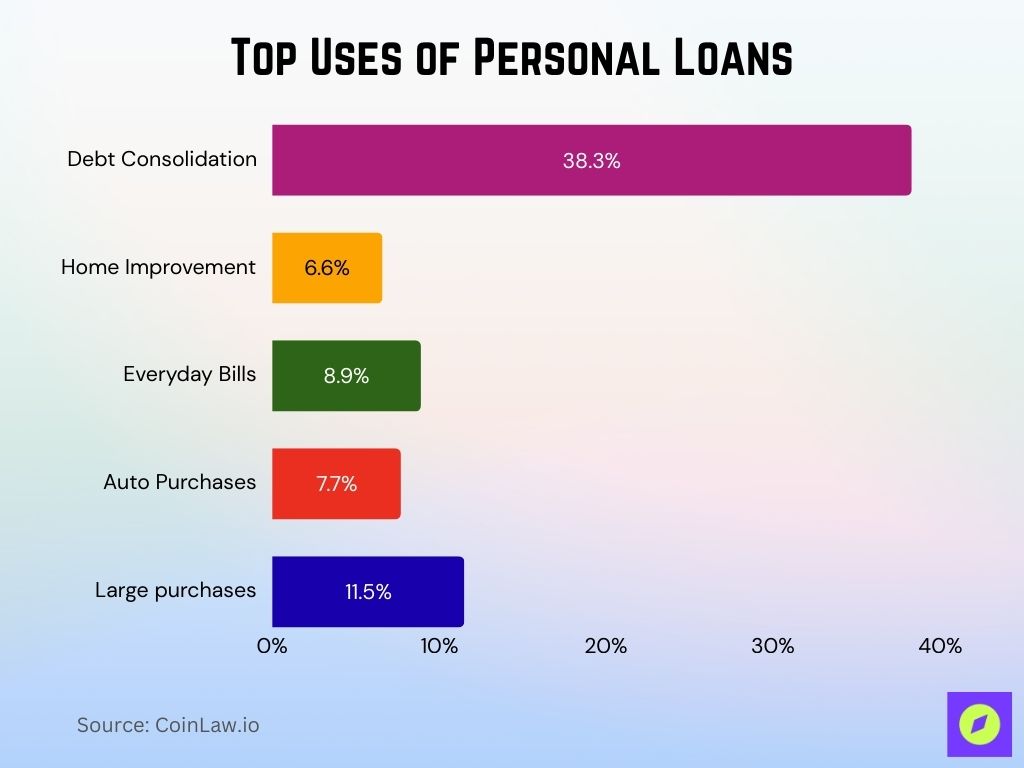
Technological Advancements and Digitalization of Loan Products
- Digital lending platforms now represent about 50% of total loan volume in 2025.
- The global digitization in the lending market is projected to reach $19.1 billion in 2025, up from $15.26 billion in 2024.
- AI is widely integrated into underwriting, with many lenders using automated systems to boost approval efficiency.
- Over 90% of personal loan originations at leading fintech firms are now AI-driven.
- Short-term loans of one to two years make up about 67% of issued digital loans in 2025.
- Marketplace lenders reported growth of 83% year-over-year, processing more than $2 billion in personal loans in Q1 2025.
- SoFi and other fintechs reported record growth, with SoFi’s personal loan originations rising 66% to $7 billion in Q2 2025.
Recent Developments
- Personal loan rates have risen by roughly 2.0% since 2022, driven by Federal Reserve rate hikes.
- Lenders are increasingly partnering with credit bureaus to expand credit-building programs for low-credit borrowers.
- Peer-to-peer lending platforms have rebounded with around 10% annual growth as borrowers seek alternatives.
- About 60% of lenders now provide flexible repayment options such as deferrals or reduced payments during hardship.
- Green personal loans, including those for eco-friendly purchases like solar installations, have expanded by around 15%.
- AI-powered fraud detection in digital lending has improved risk management, cutting fraud losses by up to 60% in recent implementations.
- Financial literacy initiatives by lenders are growing, aiming to lower delinquency through borrower education on budgeting and credit.
Conclusion
The personal loan industry today is marked by steady growth, technological advancement, and enhanced accessibility. Borrowers today have diverse options tailored to their financial needs, whether it’s for debt consolidation, home improvements, or emergency expenses. Meanwhile, lenders continue to innovate with digital tools, AI, and flexible offerings that cater to changing consumer behaviors.
With a competitive landscape shaped by both traditional banks and digital platforms, the industry is poised to provide more accessible, efficient, and customer-centric solutions. As the market evolves, borrowers and lenders alike must stay informed about trends and emerging options to make the most of personal loan products in a rapidly shifting financial environment.








